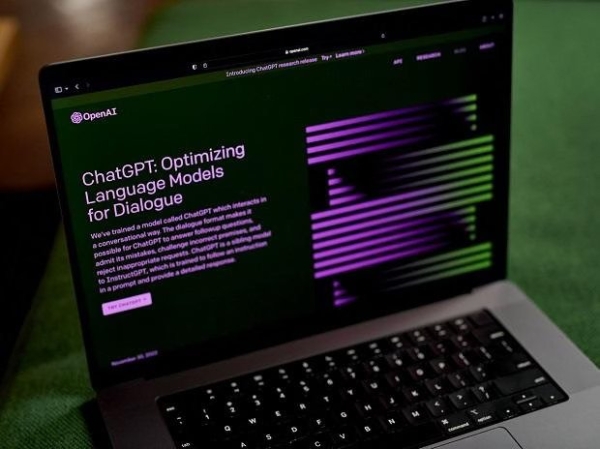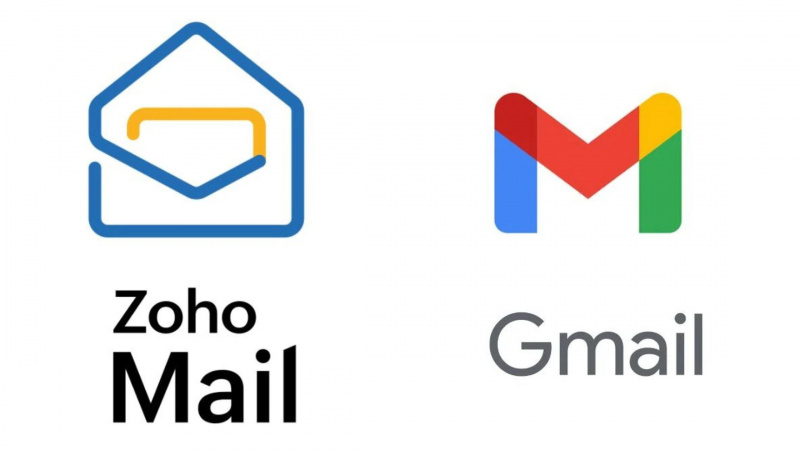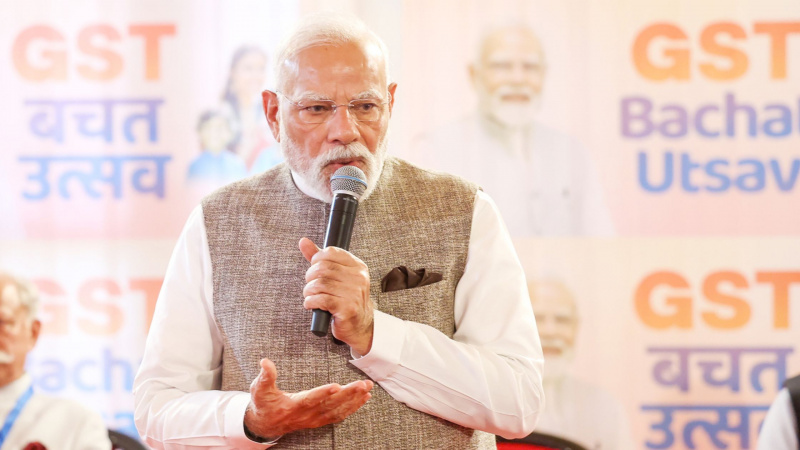Microsoft-backed OpenAI announces GPT-4 large language model: Details here
In a blog post on Tuesday, OpenAI wrote, "We have created GPT-4, the next milestone in our attempts to expand deep learning."We spent 6 months iteratively align
- by B2B Desk 2023-03-15 05:20:10
In a blog post on Tuesday, OpenAI wrote, "We have created GPT-4, the next milestone in our attempts to expand deep learning.
"We spent 6 months iteratively aligning GPT-4 using lessons from our adversarial test software, as well as ChatGPT, resulting in the best results with respect to factuality, steerability, and refusal to break the barrier."
Compared to GPT-3.5, the new AI model is more reliable, more creative, and capable of handling complex instructions.
GPT-4 outperforms existing extensive language models (LLMs), including more modern models (SOTA), which may include additional standards-specific constructs or training methods.

The company claimed that GPT-4 outperformed GPT-3.5 English and other LLMs (Chinchilla, PaLM) in 24 out of the 26 examined languages, including low-resource languages like Latvian, Welsh, and Swahili.
The company is also using this new model internally, with a significant impact on functions like support, sales, content modification, and scheduling.
Unlike a text-only setup, this form can accept a claim with text and images, allowing users to define any language or vision task.
The GPT-4 base model, like previous GPT models, was taught to predict the next word in a document. It was trained using authoritative and publicly available data.
ChatGPT Plus subscribers will get access to GPT-4 at chat.openai.com with a usage limit, while developers can subscribe to the GPT-4 API queue.
"We expect GPT-4 to become a valuable tool in improving people's lives by powering a multitude of applications," the company said.
Also Read: Koo launches new feature to enable creators to compose posts using ChatGPT

POPULAR POSTS
The Agentic Revolution: Why Salesforce Is Betting Its Future on AI Agents
by Shan, 2025-11-05 10:29:23
OpenAI Offers ChatGPT Go Free in India: What’s Behind This Big AI Giveaway?
by Shan, 2025-10-28 12:19:11
Zoho Products: Complete List, Launch Years, and What Each One Does
by Shan, 2025-10-13 12:11:43
Arattai vs WhatsApp: Which Messaging App Should You Choose in 2025?
by Shan, 2025-10-10 11:55:06
Top Buy Now Pay Later (BNPL) Apps for Easy Shopping in 2025
by Shan, 2025-09-22 10:56:23
iPhone 17 Sale in India Begins: Full Price List, Launch Offers and Store Availability
by Shan, 2025-09-19 12:00:45
Apple September 2025 Event Recap: iPhone 17, iPhone Air, Apple Watch Series 11, and India Pricing Revealed
by Shan, 2025-09-10 09:55:45
RECENTLY PUBLISHED

Loan EMIs to Drop as RBI Slashes Repo Rate - Full MPC December 2025 Highlights
- by Shan, 2025-12-05 11:49:44

Pine Labs IPO 2025: Listing Date, Grey Market Premium, and Expert Outlook
- by Shan, 2025-11-05 09:57:07

Top 10 Insurance Companies in India 2026: Life, Health, and General Insurance Leaders Explained
- by Shan, 2025-10-30 10:06:42

Best Silver Investment Platforms for 2025: From CFDs to Digital Vaults Explained
- by Shan, 2025-10-23 12:22:46

Zoho Mail vs Gmail (2025): Which Email Platform Is Best for Businesses, Startups, and Students?
- by Shan, 2025-10-09 12:17:26

PM Modi Launches GST Bachat Utsav: Lower Taxes, More Savings for Every Indian Household
- by Shan, 2025-09-24 12:20:59




 Subscribe now
Subscribe now 